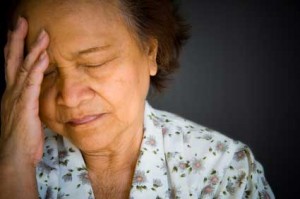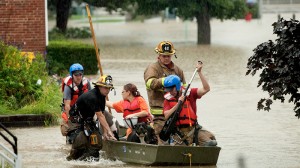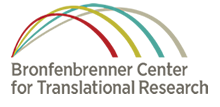 Here on EBL, we’ve written plenty about alternative treatments like T’ai Chi and meditation. They’re always popular topics, maybe because many of us are looking for ways to improve our health.
Here on EBL, we’ve written plenty about alternative treatments like T’ai Chi and meditation. They’re always popular topics, maybe because many of us are looking for ways to improve our health.
So I was excited to see a New York Times blog post about the evidence surrounding yoga and pain relief. For one, it’s great news that major media outlets like the New York Times are touting the importance of systematic reviews. And it’s also good to hear that an alternative treatment practiced by so many people – myself included – actually works.
The actual analysis, conducted by researchers in the United Kingdom and published in the Journal of Alternative and Complementary Medicine, reviewed ten randomized clinical trials that measured whether yoga helped reduce pain among patients with a variety of ailments. Nine of the trials found yoga led to significantly greater pain reduction than other therapies such as standard care, therapeutic exercises, touch and manipulation, or no intervention at all.
While the analysis gave preliminary indications that yoga works for pain relief, it concluded that more research is needed. The yoga practices in each of the studies varied widely, as did the type and intensity of pain experienced by patients.
Dr. M. Cary Reid is a geriatrician at Weill Cornell Medical Center and director the Translational Research Institute for Pain in Later Life, an evidence-based center in New York City to help older adults prevent and manage pain. He recently completed his own systematic review of alternative therapies including yoga for the treatment of osteoarthritis, which is submitted for publication.
Dr. Reid shared his thoughts on yoga for pain relief: “The good news is there appear to be few downsides to doing yoga, so my thinking is that we should be offering it routinely to patients, particularly those who are reluctant to try pain medications.” He echoed the need for larger, more definitive studies.
Until then, I’ll still be frequently my local yoga studio.












